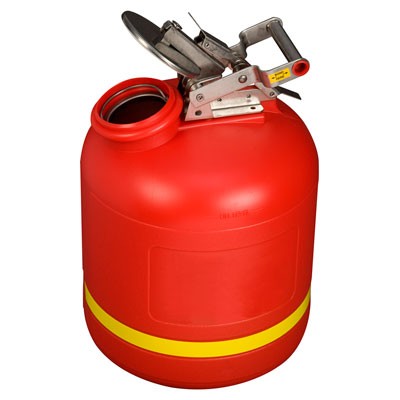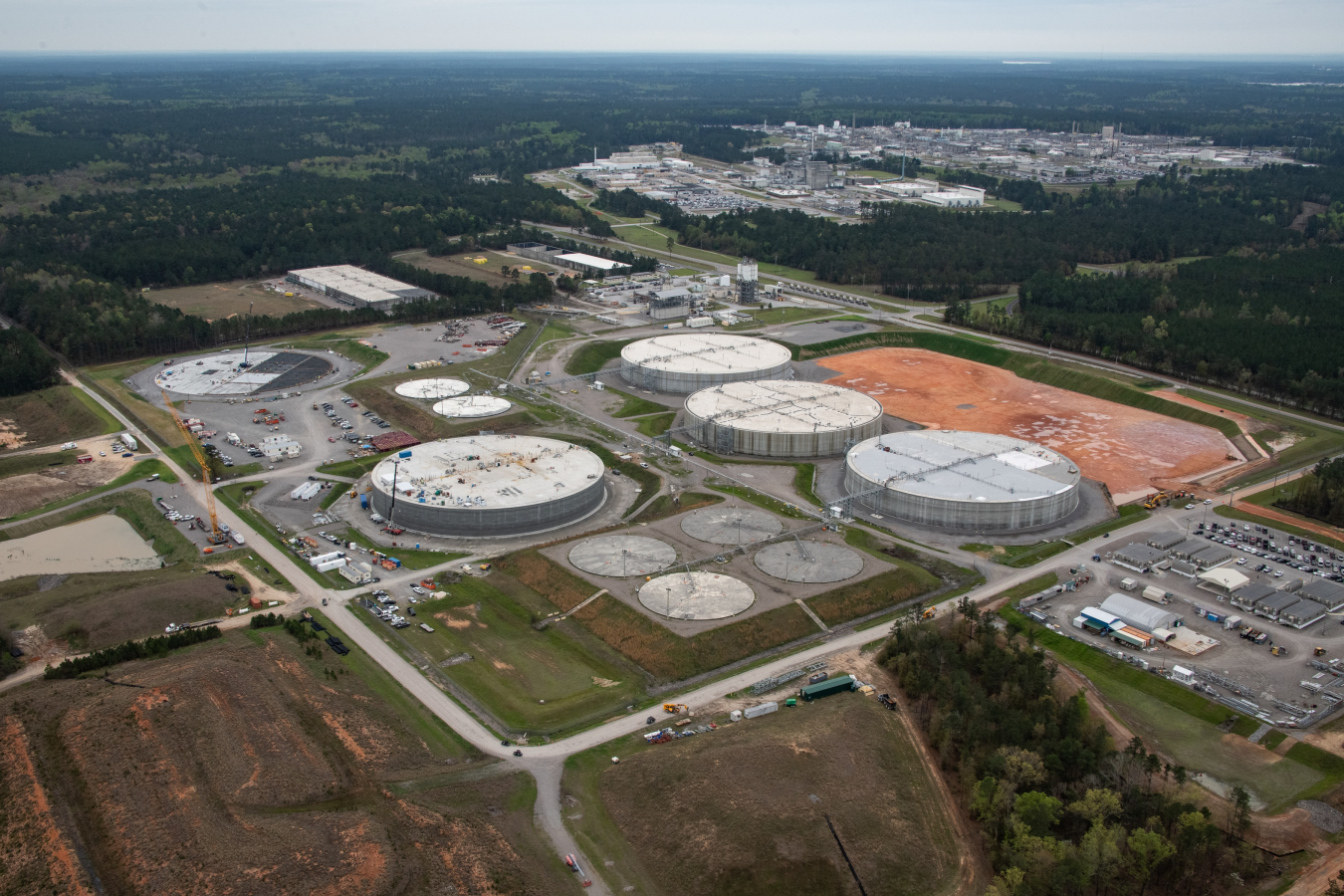Specialist Liquid Waste Removal Melbourne: Rapid and Budget-friendly Solutions
Specialist Liquid Waste Removal Melbourne: Rapid and Budget-friendly Solutions
Blog Article
Just How Liquid Waste Disposal Functions: A Thorough Introduction of Methods and Technologies Employed

Overview of Liquid Waste Types
The complexity of liquid waste types necessitates a detailed understanding of their features and effects for disposal. Fluid waste can generally be classified right into a number of types, including industrial, community, agricultural, and contaminated materials. Each classification exhibits distinct residential or commercial properties, requiring specific management approaches to minimize environmental and health risks.
Industrial fluid waste stems from manufacturing procedures and usually has an array of pollutants, such as heavy steels, solvents, and organic compounds. Municipal fluid waste, mostly making up wastewater from homes and commercial facilities, includes organic issue, nutrients, and pathogens (industrial wastewater treatment). Agricultural fluid waste, including runoff from ranches, might contain plant foods, pesticides, and pet waste, posturing dangers to water quality and ecological communities
Harmful liquid waste is defined by its toxicity, sensitivity, or potential to trigger harm. This classification includes materials like acids, bases, and specific chemicals that necessitate stringent handling and disposal methods. Understanding these diverse fluid waste kinds is crucial for establishing effective disposal techniques and ensuring conformity with ecological guidelines. Correct classification and characterization are crucial for executing proper treatment methods and minimizing the unfavorable effect on public health and the setting.
Physical Therapy Techniques

Testing is the preliminary step, where bigger bits and debris are removed from the fluid waste utilizing screens or grates. In sedimentation containers, much heavier particles settle at the base, developing a sludge layer, while the clarified fluid can be further treated.
Filtration is an additional vital method that entails passing the fluid via porous products, such as sand or membranes, to capture smaller sized bits. This step enhances the top quality of the liquid, making it ideal for subsequent therapy processes.

Chemical Therapy Methods
Chemical therapy methods are essential for properly managing fluid waste, specifically in resolving dissolved and colloidal pollutants that physical approaches may not appropriately remove. These strategies utilize different chemical representatives to reduce the effects of, speed up, or change hazardous compounds right into less dangerous forms.
One typical approach is coagulation and flocculation, where chemicals such as alum or ferric chloride are included to promote the gathering of suspended bits. This process enhances sedimentation, enabling easier removal of the resulting sludge. In addition, oxidation procedures, employing agents like chlorine or ozone, are utilized to damage down intricate organic compounds and microorganisms, providing the waste more secure for discharge or further treatment.
Neutralization is one more essential technique, which adjusts the pH of acidic or alkaline waste streams to neutral levels, avoiding prospective injury to downstream systems and the setting. In addition, advanced oxidation processes (AOPs) make use of combinations of oxidants and ultraviolet light to deteriorate consistent contaminants, accomplishing a higher level of treatment effectiveness.
Biological Treatment Processes
Biological treatment procedures play a vital duty in the monitoring of fluid waste by utilizing microorganisms to disintegrate raw material and minimize pollutant levels. These processes can be broadly categorized right into anaerobic and cardio therapies, each utilizing particular microbial communities to achieve effective waste destruction.
Cardio therapy includes the usage of oxygen to facilitate the failure of natural materials by bacteria. This procedure is generally carried out in triggered sludge systems, where aeration containers give a favorable environment for microbial development, bring about the oxidation of organic pollutants. The resultant biomass can be divided from dealt with effluent through sedimentation.
In comparison, anaerobic treatment occurs in the lack of oxygen, counting on different microorganisms to break down natural issue. This method is specifically helpful for high-strength waste, as it generates biogas, a renewable resource resource, while minimizing sludge production. Technologies such as anaerobic digesters are regularly employed in commercial and community applications.
Both aerobic and anaerobic biological treatments not just reduce the environmental impact of fluid waste but additionally help with source recovery, making them vital components of lasting waste management methods. Their effectiveness, effectiveness, and versatility sustain their widespread application throughout numerous sectors.
Emerging Technologies in Disposal
Ingenious strategies to liquid waste disposal are swiftly progressing, driven by improvements in modern technology and an enhancing emphasis look at here now on sustainability. Amongst these arising modern technologies, membrane layer bioreactors (MBRs) have obtained grip for their ability to combine biological treatment with membrane filtering, leading to high-grade effluent that can be recycled in numerous applications. MBRs enable smaller sized footprints and more efficient operations compared to conventional systems.
One more promising development is using anaerobic digestion incorporated with nutrient recuperation modern technologies, which not just this contact form treats liquid waste however likewise generates biogas and recovers important nutrients like nitrogen and phosphorus. This twin benefit enhances source performance and reduces ecological influence.
Additionally, advanced oxidation processes (AOPs) are being adopted for the destruction of intricate natural contaminants. These methods utilize effective oxidants and drivers to break down contaminants at the molecular degree, supplying a highly reliable solution for challenging waste streams.
In addition, the combination of synthetic intelligence and artificial intelligence in waste administration systems is maximizing functional effectiveness and anticipating upkeep, resulting in lowered expenses and boosted ecological compliance. These modern technologies reflect a substantial change towards more lasting and reliable liquid waste disposal practices.
Verdict
Finally, effective liquid waste disposal requires an extensive understanding of numerous methods and modern technologies. The combination of physical, chemical, and biological therapy techniques makes certain the effective administration of varied waste kinds. Additionally, the emergence of cutting-edge technologies improves therapy efficacy and advertises sustainability in waste management methods. By continuously advancing these techniques, it becomes possible to resolve the growing obstacles connected with fluid waste, inevitably adding to environmental defense and resource recovery.
Liquid waste disposal is an essential aspect of ecological management, requiring an extensive understanding of different methods and modern technologies customized to different waste types. Liquid waste can extensively be classified into a number of types, including commercial, community, agricultural, and unsafe waste. Agricultural fluid waste, consisting of overflow from farms, may include fertilizers, pesticides, and animal waste, posing risks to water high the original source quality and ecological communities.
Numerous physical therapy techniques play an important function in managing liquid waste effectively - industrial wastewater treatment.In conclusion, reliable fluid waste disposal requires an extensive understanding of numerous strategies and modern technologies
Report this page